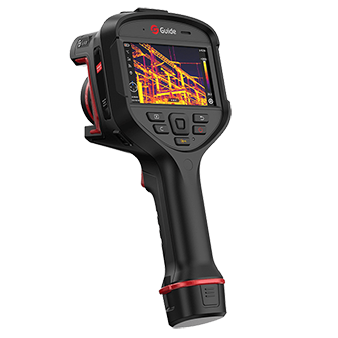
html
Thermal Imaging Cameras: Advanced Technology for Enhanced Vision
Thermal imaging cameras have revolutionized the way we see and interpret the world around us. By detecting infrared radiation emitted by objects, these devices create visual representations of temperature differences, enabling users to “see” heat signatures invisible to the naked eye.
How Thermal Imaging Works
At the core of thermal imaging technology are specialized sensors that detect infrared radiation. All objects with a temperature above absolute zero emit this radiation, and thermal cameras convert these emissions into electronic signals. These signals are then processed to create a thermal image or thermogram, where different colors represent varying temperature levels.
Key Applications of Thermal Imaging
Industrial Maintenance
Thermal cameras are invaluable for predictive maintenance, allowing technicians to identify overheating components in electrical systems, mechanical equipment, and industrial processes before failures occur.
Building Inspection
In construction and energy auditing, thermal imaging helps detect heat loss, moisture intrusion, and insulation deficiencies, enabling more efficient building maintenance and energy conservation.
Security and Surveillance
Security professionals use thermal cameras for 24/7 monitoring, as they can detect intruders based on body heat signatures regardless of lighting conditions.
Medical and Veterinary Use
Thermal imaging assists in detecting fever, inflammation, and circulation problems in both human and animal patients, providing non-invasive diagnostic capabilities.
Advantages of Thermal Imaging Technology
Thermal cameras offer several distinct benefits:
- Ability to see in complete darkness
- Detection through smoke, fog, and some materials
- Non-contact temperature measurement
- Identification of problems invisible to conventional cameras
- Enhanced safety for operators in hazardous environments
Choosing the Right Thermal Camera
When selecting a thermal imaging camera, consider factors such as:
- Resolution (both thermal and visual)
- Temperature range and sensitivity
- Durability and environmental ratings
- Software capabilities and analysis tools
- Integration with other systems
As thermal imaging technology continues to advance, these devices are becoming more accessible and finding applications in new fields, from automotive safety to wildlife research. Their ability to reveal the unseen thermal world makes them indispensable tools across numerous industries.
Keyword: thermal imaging cameras